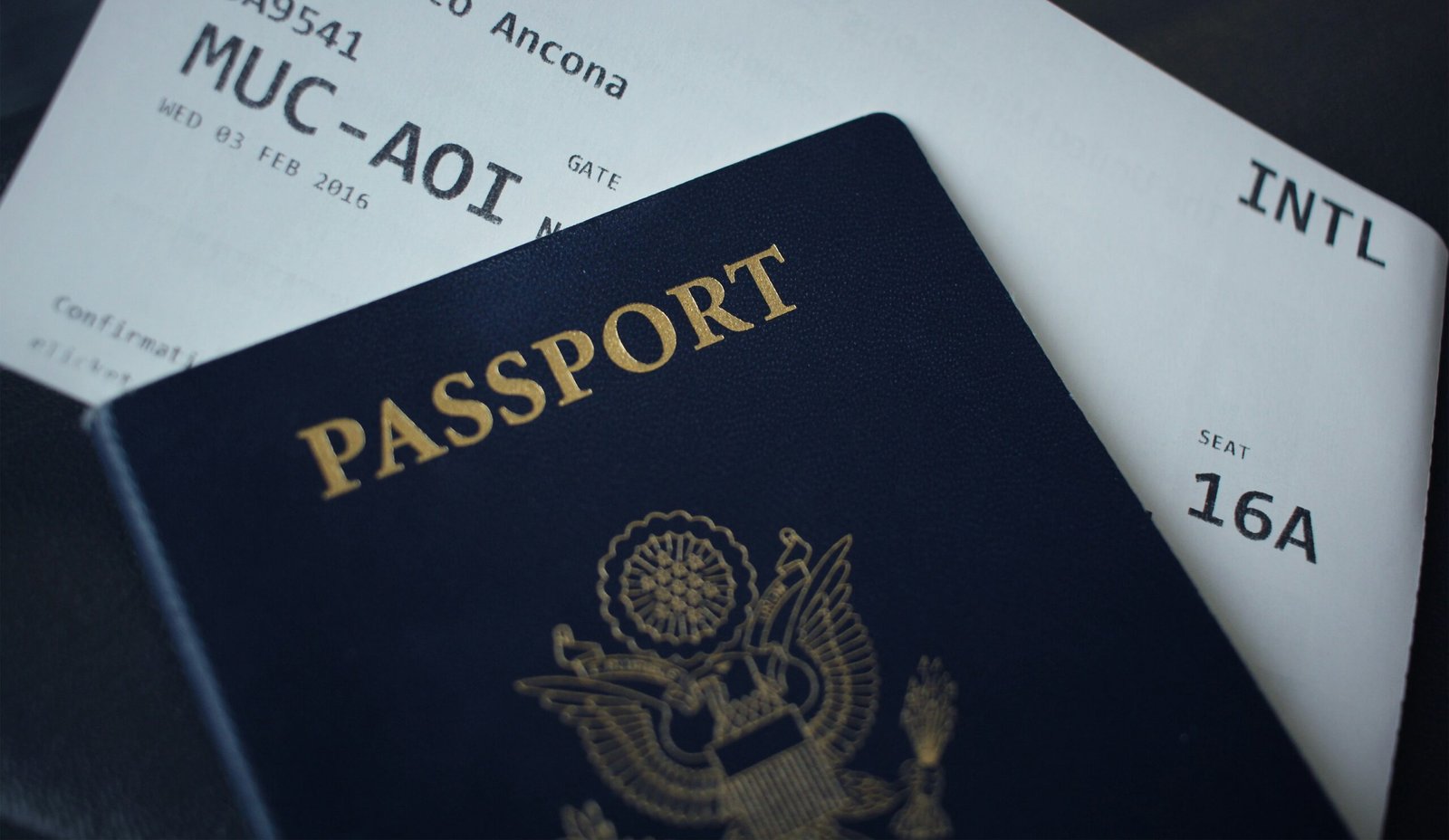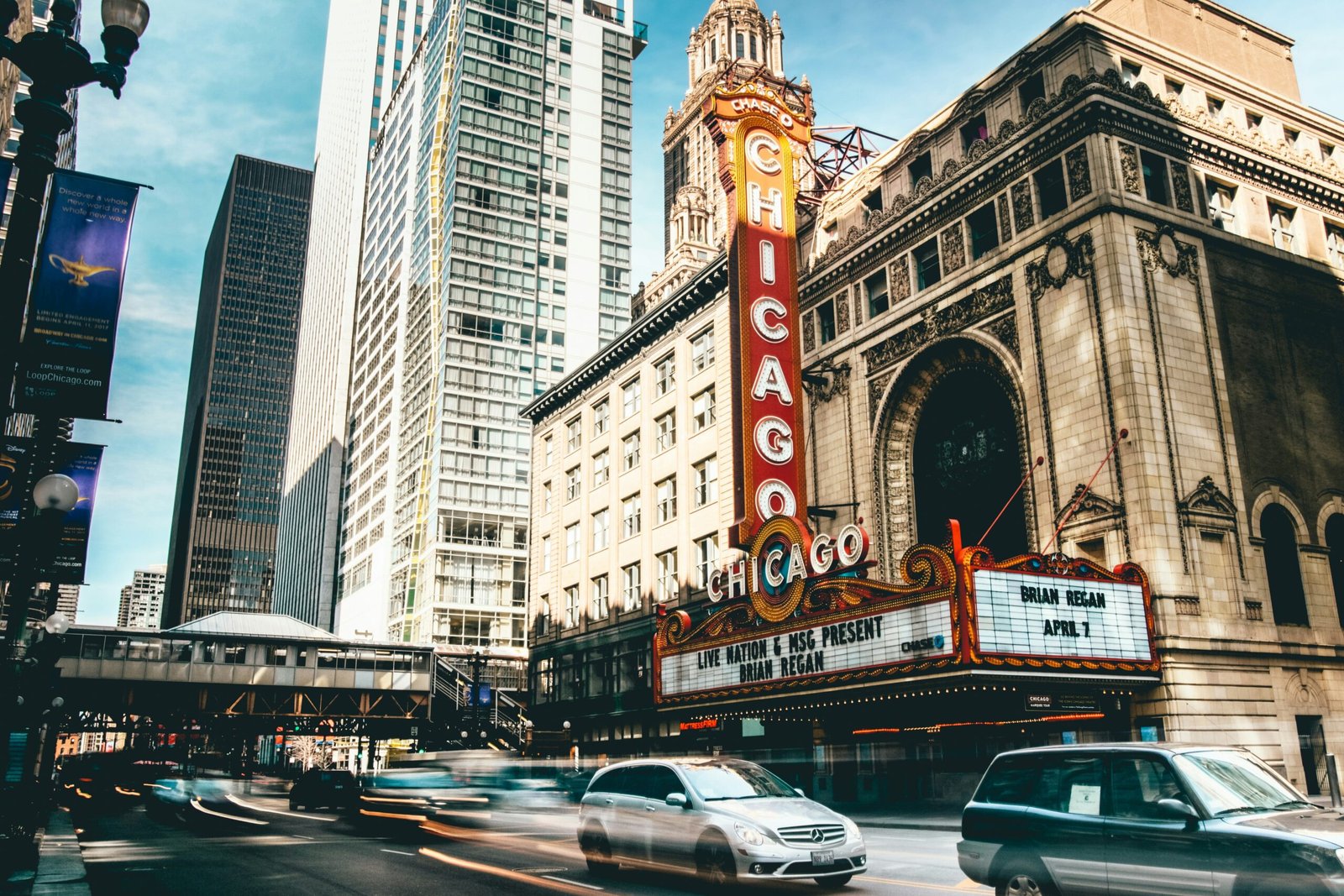Introduction
Kuwait, a nation where the winds of history, culture, and innovation blend into a fascinating skyline, offers a unique journey from its ancient dhow boats to the bustling downtown districts. Nestled at the tip of the Persian Gulf, this country bridges the gap between old and new, traditional and contemporary. Whether you’re a history buff, a culture enthusiast, or simply in search of a new travel destination, Kuwait promises an array of experiences that are as diverse as they are mesmerizing. Join us as we explore the rich tapestry of Kuwait’s heritage and its modern-day vibrancy.
Exploring Kuwait’s Maritime History
The waters of the Persian Gulf have shaped Kuwait’s history, deeply intertwining with the essence of its people and traditions. The sea has been a source of livelihood, a pathway for trade, and a thread in the cultural fabric of Kuwait for centuries. Delving into this maritime heritage provides a deeper understanding of the nation’s past and present.
The significance of dhow boats
Dhow boats are more than just a means of transportation; they are a symbol of Kuwait’s maritime legacy. These traditional sailing vessels, known as dhow boats, were historically used for a variety of purposes, including pearl diving, fishing, and transporting goods across the Gulf to India and East Africa. Their influence is profound, impacting the economic and social life of Kuwait. The skills required to navigate and operate these boats were passed down through generations, embedding them deeply into the cultural identity of the Kuwaiti people.
Evolution of dhow boats in Kuwait
Over the years, the role of dhow boats in Kuwait has evolved significantly. From their early use in pearling—once the backbone of Kuwait’s economy—to their present-day function in tourism and cultural preservation, dhows have adapted to the changing times. Modern replicas of dhows still sail along the Kuwaiti coastline, offering tourists and locals alike a taste of the past through leisurely cruises and as floating museums. Despite the shift from traditional pearling and fishing to more industrial and technological methods, dhows remain a cherished icon of Kuwaiti heritage, celebrated at cultural festivals and in art.
Kuwait’s rich cultural heritage
https://www.youtube.com/watch?v=8sY5_Qajfwg
Kuwait boasts a vibrant cultural heritage that springs from its strategic geographical location, which has historically made it a nexus of different civilizations. Influenced over millennia by Mesopotamian, Persian, Islamic, and Western cultures, this rich blend makes Kuwait a unique country with a distinct identity.
Traditional customs and practices
Kuwaiti culture is steeped in a myriad of traditional customs and practices. Hospitality, for example, is a fundamental aspect of Kuwaiti society. Serving Arabic coffee and dates to guests is a common practice, symbolizing kindness and generosity. Traditional attire, such as the dishdasha for men and the abaya for women, is widely worn and reflects a strong cultural pride. The diwaniya, a traditional gathering space where men come together to discuss various issues, plays a crucial role in social life, embodying the communal values of dialogue and friendship.
Influences shaping Kuwait’s culture
The cultural fabric of Kuwait is shaped by several key influences that merge to create a diverse and dynamic society. One of the most significant is the Islamic heritage, which permeates all aspects of life, from architecture to daily rituals. Additionally, the impact of trade and exchanges with India, Africa, and Europe throughout history has introduced a variety of artistic, culinary, and musical influences that enrich Kuwaiti culture. Moreover, the discovery of oil has also brought modernization and an influx of people from all over the world, creating a cosmopolitan atmosphere that coexists with traditional values.
Preservation of cultural heritage in modern Kuwait
As Kuwait strides towards the future, it also places great emphasis on preserving its rich cultural heritage. Museums such as the Kuwait National Museum and the Al-Qurain Martyrs Museum play pivotal roles in educating the public about Kuwait’s history and traditions. Efforts are made to keep traditional arts, including music and crafts, alive, with institutions such as the Sheikh Jaber Al Ahmad Cultural Centre providing platforms to showcase and nurture traditional Kuwaiti performing arts. Additionally, laws and regulations are in place to protect historical sites and promote the importance of cultural heritage in education and public life, ensuring that the traditions of Kuwait will continue to enrich its modern identity.
Journey through Kuwait’s Downtowns
Iconic Landmarks in Kuwait City
Kuwait City is a canvas of architectural marvels and historic sites, showcasing a skyline that harmoniously blends modern design with traditional aesthetics. At the heart of this vibrant city, the Kuwait Towers stand as a testament to innovative design, featuring three soaring structures that have become a national symbol. The main tower houses a revolving observation area and a restaurant, offering panoramic views of the city and sea. Another noteworthy landmark is the Grand Mosque, the largest mosque in Kuwait, which boasts an impressive interior lined with Islamic calligraphy. For those intrigued by political history, the Seif Palace, with its iconic blue-tiled roof and clock tower, is a significant site, often used for state functions and hosting dignitaries.
Historical Significance of Downtown Areas
The historical layers of Kuwait City’s downtown areas are profound, with a rich tapestry of events that have shaped the nation. The Old Souq, or Souq Mubarakiya, offers a glimpse into the country’s vibrant past with its traditional market atmosphere. Here, one can sense the pulse of age-old trading practices amidst the scent of spices and perfumes. The area not only serves as a commercial hub but also as a cultural hotspot, where generations of Kuwaitis have gathered to maintain their heritage and customs in the face of rapid modernization. Notably, the Liberation Tower, named to mark Kuwait’s liberation from Iraq in 1991, is another historic landmark, symbolic of the country’s resilience and strength.
Modern Developments and Infrastructure in Downtown Kuwait
In recent years, Downtown Kuwait has undergone significant transformation, embracing modern infrastructure while maintaining its cultural integrity. The development of Al Hamra Tower, one of the tallest skyscrapers in the world, showcases Kuwait’s ambitious urban planning and architectural prowess. The area around Al Hamra is packed with high-end shops, entertainment venues, and gourmet restaurants, turning the district into a bustling hub of activity. Additionally, the government has initiated the Al-Shaheed Park project, which blends green spaces with cultural venues, reflecting Kuwait’s commitment to sustainable and livable urban spaces.
Experiencing the Blend of Tradition and Modernity
Cultural Experiences for Tourists in Kuwait
Kuwait offers an array of cultural experiences that reflect its rich heritage and contemporary dynamism. Tourists can visit the Dar al-Athar al-Islamiyyah, which houses an extensive collection of Islamic art spanning over a thousand years, revealing stories of civilizations that once interacted through the Silk Road. The Sadu House is another cultural treasure, promoting the Bedouin weaving craft through exhibitions and workshops, allowing visitors to engage directly with Kuwait’s artistic traditions. Additionally, the culinary landscape in Kuwait provides a delectable fusion of flavors ranging from traditional Kuwaiti dishes to international cuisines, enabling travelers to embark on a flavorful journey through time.
Blending Traditional and Modern Architecture
Kuwait is renowned for its architectural innovation, which beautifully incorporates traditional designs within contemporary frameworks. The Kuwait National Assembly Building, designed by the famous architect Jørn Utzon, presents a modernist angle on Islamic themes, featuring a series of parabolic arches that echo the rhythm of traditional Islamic arcs. Contrastingly, The Avenues, one of the largest shopping malls in the world, integrates elements of traditional Arabic architecture with ultra-modern designs that appeal to a global audience, showcasing a seamless blend of old and new.
Fusion of Old and New Practices in Kuwait
Kuwait’s culture is a dynamic tapestry of old and new, where time-honored practices are interwoven with contemporary lifestyles. Traditional dhow-making and pearl-diving exhibitions provide insights into Kuwait’s maritime heritage, while new-age institutions like the Kuwait Scientific Center, with its state-of-the-art IMAX theater and aquarium, speak to the country’s forward-thinking scientific aspirations. Furthermore, public events such as the Hala February Festival combine music, dance, and shopping discounts to celebrate both Kuwait’s liberation and its economic achievements, epitomizing the fusion of historical pride and modern celebration.
Tips for Traveling in Kuwait
Cultural etiquette and norms
When visiting Kuwait, understanding and respecting local customs and etiquette will not only enhance your experience but also show respect to your hosts. Dress modestly, particularly in public spaces and religious sites—this applies to both men and women. It’s advisable to cover shoulders and knees, and in some places, women may be required to cover their hair. During the holy month of Ramadan, eating, drinking, or smoking in public during daylight hours is forbidden for both locals and tourists. Always ask permission before taking photographs of people, and be aware that photographing government buildings and military installations is prohibited. Lastly, remember that public displays of affection are frowned upon, so it’s prudent to be reserved.
Must-visit attractions for travelers
Kuwait is brimming with attractions that cater to all interests—from historical landmarks to modern architecture. Here are a few you shouldn’t miss:
- Kuwait Towers: These stunning architectural marvels offer panoramic views of the city and the Gulf. The main tower has a viewing sphere, which is a must-visit for first-time travelers.
- The Grand Mosque: The largest mosque in Kuwait, featuring intricate Islamic architecture, offers guided tours that explain its history and the principles of Islam to non-Muslim visitors.
- Failaka Island: This island holds ruins dating back to the Dilmun civilization and the Bronze Age. It’s ideal for a day trip to explore Kuwait’s ancient history and enjoy some beach time.
- The Avenues Mall: For shoppers, this enormous mall offers a wide range of international brands, alongside local shops and eateries.
Recommended local dishes to try
Kuwait’s cuisine is a delectable fusion of Arab, Persian, Indian, and Mediterranean influences. Some must-try dishes include:
- Machboos: a fragrant rice dish typically cooked with chicken, lamb, or fish, seasoned with a unique blend of spices.
- Kuwaiti Jareesh: A hearty wheat and chicken stew, often enriched with spices and onions.
- Muttabaq Samak: Fish served with rice, saffron, and nutty flavors.
- Um Ali: A traditional dessert, similar to bread pudding but made with puff pastry, milk, sugar, and a mixture of nuts.
Each dish offers a distinct taste of Kuwait’s rich culinary heritage and is readily available across various local eateries and high-end restaurants alike.
Conclusion
In a journey through Kuwait, you will traverse a landscape that marries tradition with burgeoning modernity. On one end, the dhow boats gracefully contour along the Gulf, offering a silent nod to the country’s rich maritime history. On the other hand, the illuminated skylines and bustling streets of downtown Kuwait are testimonies to its dynamic progression into the central stage of global commerce and life. Whether you seek the tranquility of ancient crafts or the vibrant pulse of today’s metropolises, Kuwait provides an enriching palette of experiences that cater to every traveler’s predilection. This nation is not merely a place to visit but a location to be experienced with all senses





